The aesthetics market in the US is characterized by a dynamic competitive landscape, driven by innovation, consumer demand for minimally invasive procedures, and an increasing focus on personalized treatments. Key players such as Allergan (US), Galderma (CH), and Revance Therapeutics (US) are at the forefront, each adopting distinct strategies to enhance their market positioning. Allergan (US), known for its flagship product Botox, continues to invest heavily in research and development, aiming to expand its product portfolio and maintain its leadership in the neuromodulator segment. Galderma (CH), on the other hand, emphasizes a robust pipeline of dermal fillers and skin care products, focusing on sustainability and eco-friendly practices to appeal to environmentally conscious consumers. Revance Therapeutics (US) is carving a niche with its innovative DaxibotulinumtoxinA injection, which promises longer-lasting results, thereby attracting a growing customer base seeking effective solutions.
The business tactics employed by these companies reflect a concerted effort to optimize operations and enhance customer engagement. Localizing manufacturing and optimizing supply chains are prevalent strategies, allowing for quicker response times and reduced costs. The market structure appears moderately fragmented, with several players vying for market share, yet the collective influence of major companies like Allergan (US) and Galderma (CH) shapes competitive dynamics significantly. Their ability to leverage brand recognition and extensive distribution networks provides them with a competitive edge.
In September 2025, Allergan (US) announced a strategic partnership with a leading telehealth platform to enhance patient access to aesthetic consultations. This move is likely to streamline the patient journey, making it easier for consumers to engage with aesthetic services, thereby potentially increasing treatment uptake. Such digital transformation initiatives are crucial in a market where convenience and accessibility are paramount.
In October 2025, Revance Therapeutics (US) launched a new marketing campaign aimed at educating consumers about the benefits of its DaxibotulinumtoxinA product. This campaign not only highlights the product's unique selling propositions but also positions Revance as a thought leader in the aesthetics space. By focusing on consumer education, the company aims to build trust and foster brand loyalty, which could translate into increased market share.
In August 2025, Galderma (CH) unveiled a new line of sustainable dermal fillers, which are made from biodegradable materials. This initiative aligns with the growing consumer preference for environmentally friendly products and positions Galderma as a pioneer in sustainability within the aesthetics market. The strategic importance of this move cannot be overstated, as it not only addresses consumer demand but also enhances the company's brand image in a competitive landscape increasingly focused on corporate responsibility.
As of November 2025, the aesthetics market is witnessing trends such as digitalization, sustainability, and the integration of artificial intelligence in treatment planning and customer engagement. Strategic alliances are becoming increasingly vital, as companies seek to leverage complementary strengths to enhance their offerings. Looking ahead, competitive differentiation is likely to evolve, with a pronounced shift from price-based competition to a focus on innovation, technological advancements, and supply chain reliability. This evolution suggests that companies that prioritize these areas will be better positioned to thrive in an increasingly competitive environment.


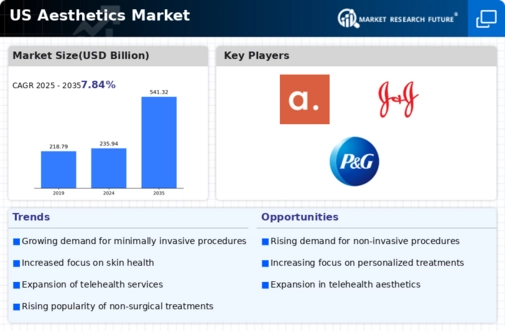
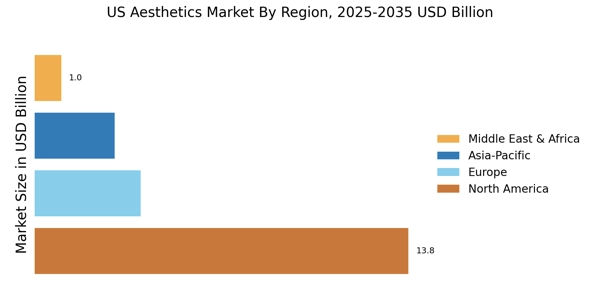
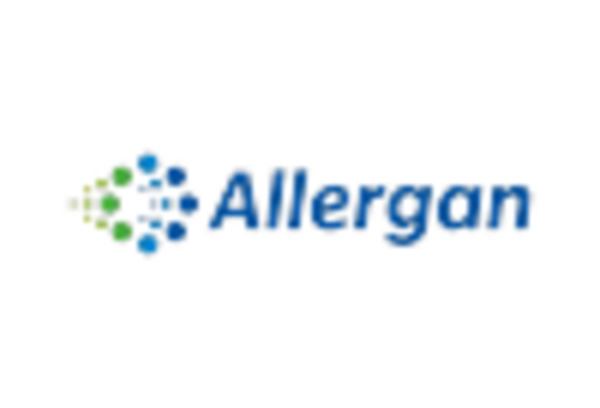


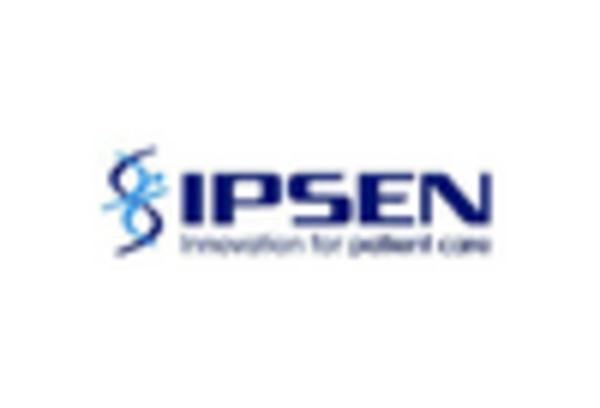
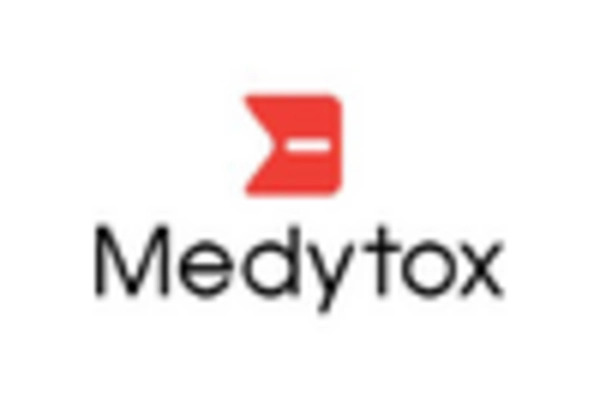









Leave a Comment